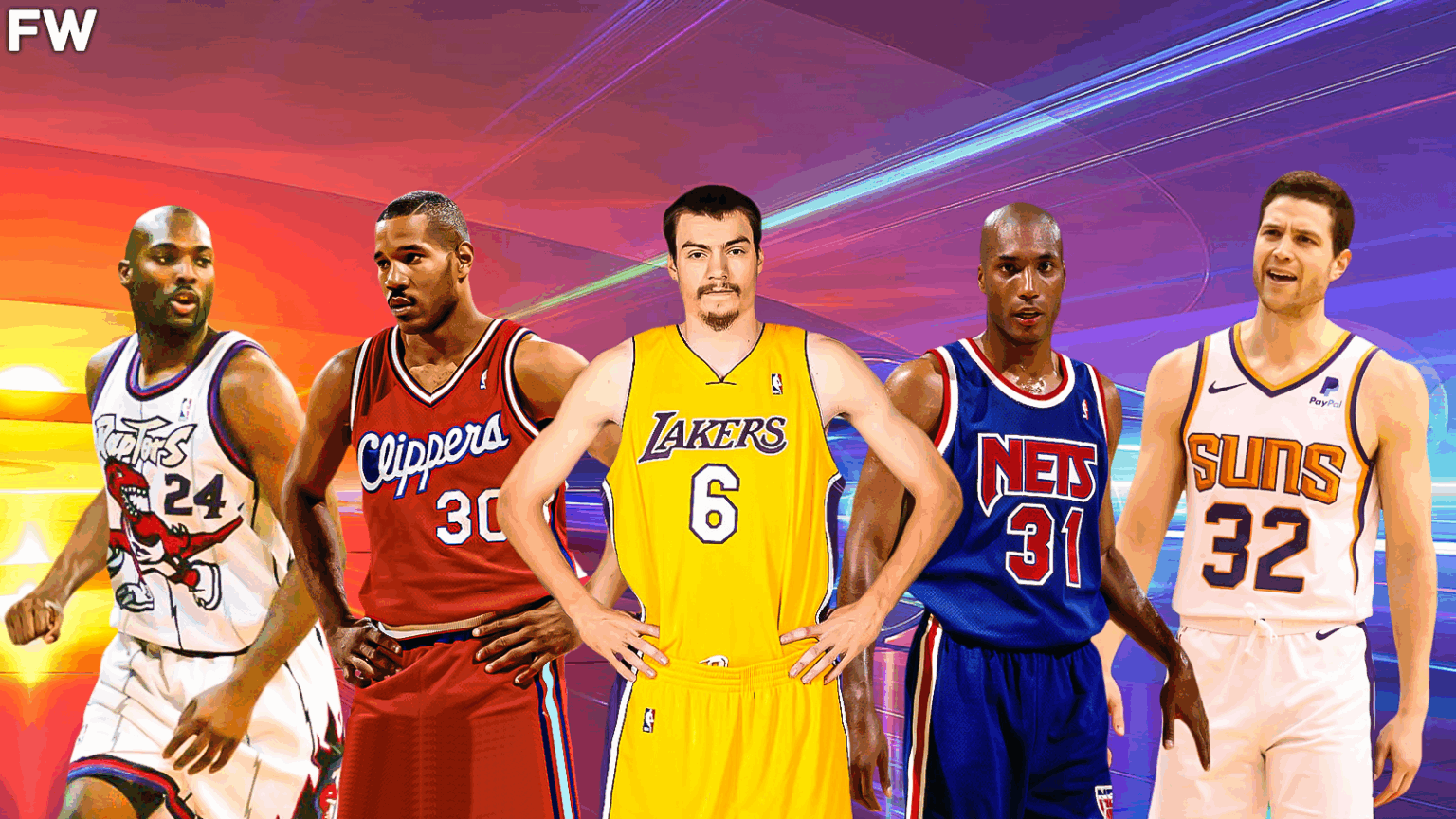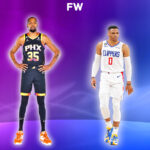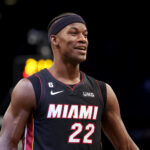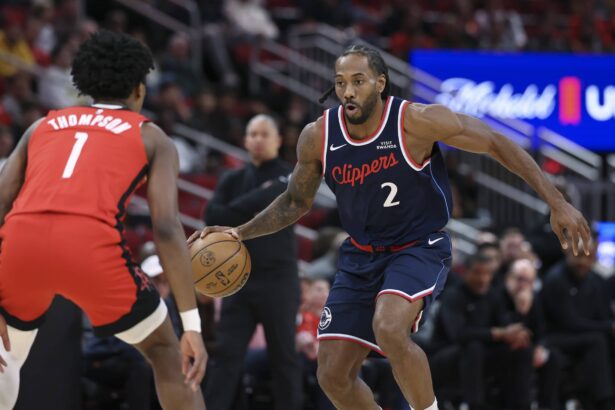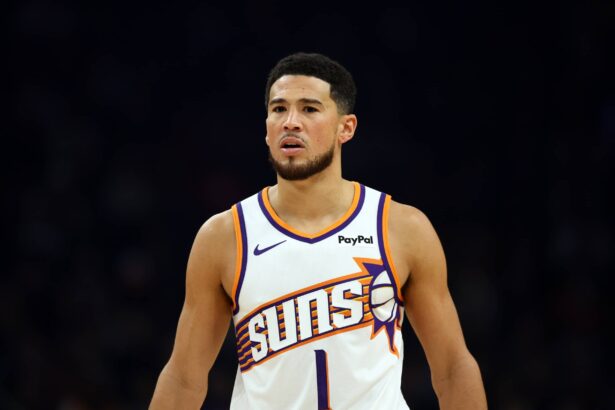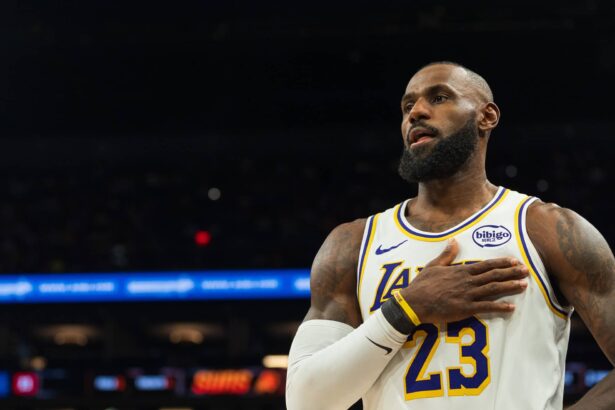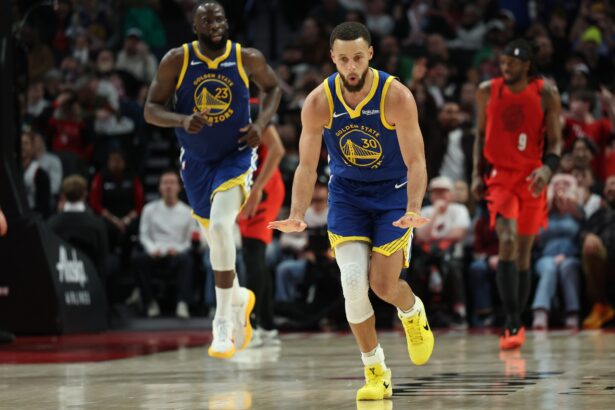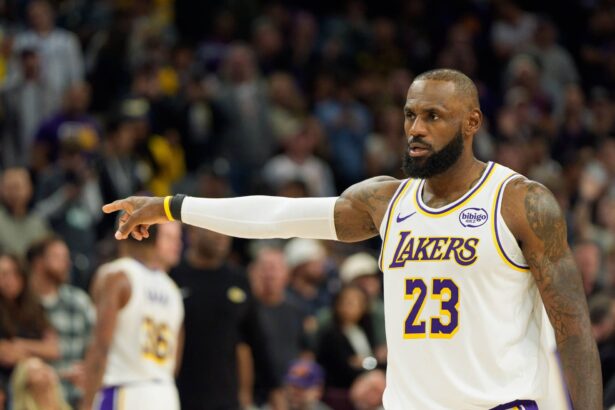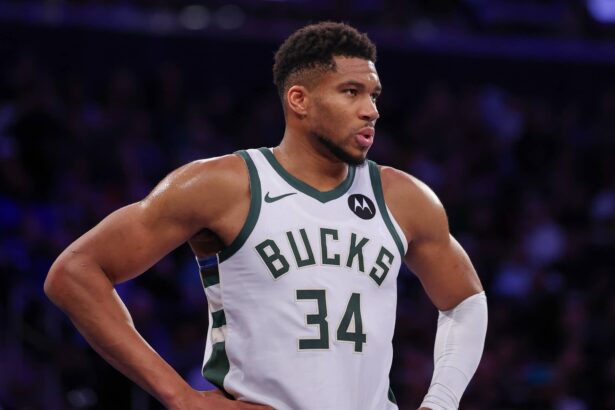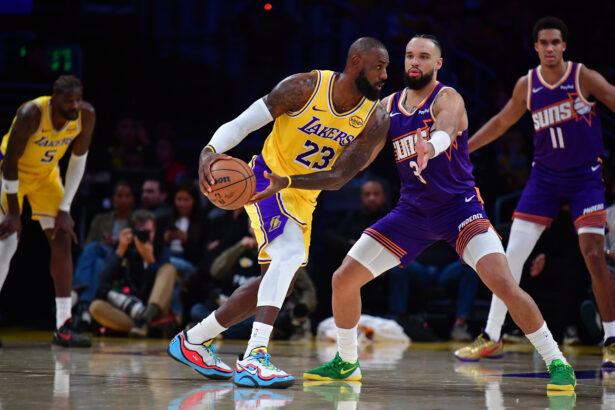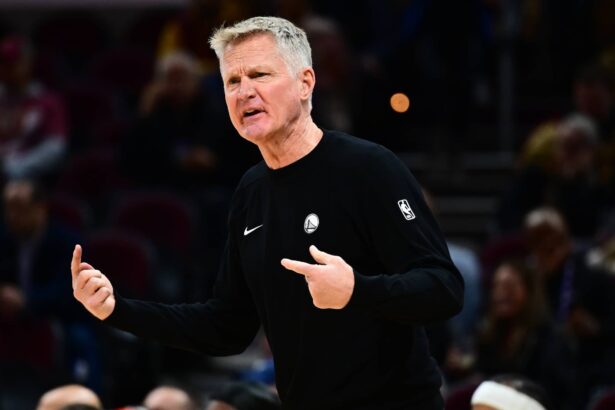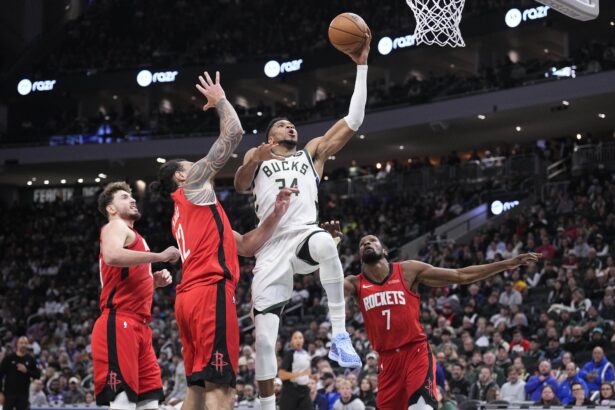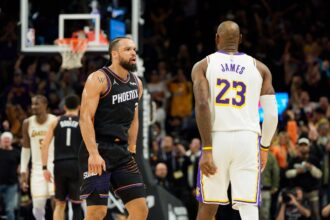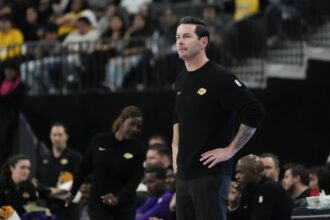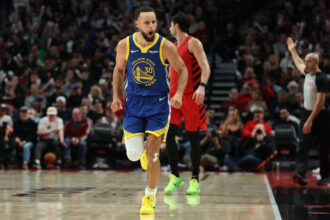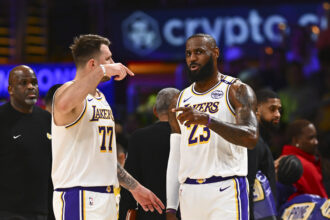As much hype surrounds the nation’s best high school players, that energy pales in comparison to the spotlight under which the nation’s best college players play under, especially in the NCAA tournament. There have been countless NBA legends who dominated at the college level and went on to have noteworthy NBA careers. There have also been countless high school players that went on to have legendary NBA careers and etch their names amongst the best of the best. On the flip side of that sentiment, there have also been a handful of players who excelled at the college level and flamed out once they made the NBA.
- 10. Scott May
- 9. Mike Sweetney
- 8. LaRue Martin
- 7. Tyler Hansbrough
- 6. Shelden Williams
- 5. Jimmer Fredette
- 4. Shawn Respert
- 3. Bo Kimble
- 2. Ed O’Bannon
- 1. Adam Morrison
- Next
- 20 Greatest No. 1 Overall Draft Picks In NBA History
- Re-Drafting The Last 20 No. 1 Overall Picks In The NBA Draft
- NBA Finals Performances By Michael Jordan, LeBron James, And 23 Other NBA Legends
- Every NBA Team’s Greatest Acquisition (Via Trade Or Free Agency)
- Adding One Franchise Legend To Every Current NBA Team
The players we will speak about today were supposed to be NBA legends that had long and illustrious careers based on what they accomplished in college. These are players that led the nation in scoring and took home countless individual accolades, including but not limited to the Naismith National Player of the Year award, the NCAA’s highest honor. For one reason or another, they all failed to meet the expectations set upon them but live on forever in the jokes and punchlines made from their failures.
These are the 10 biggest college stars who went on to become busts in the NBA.
10. Scott May
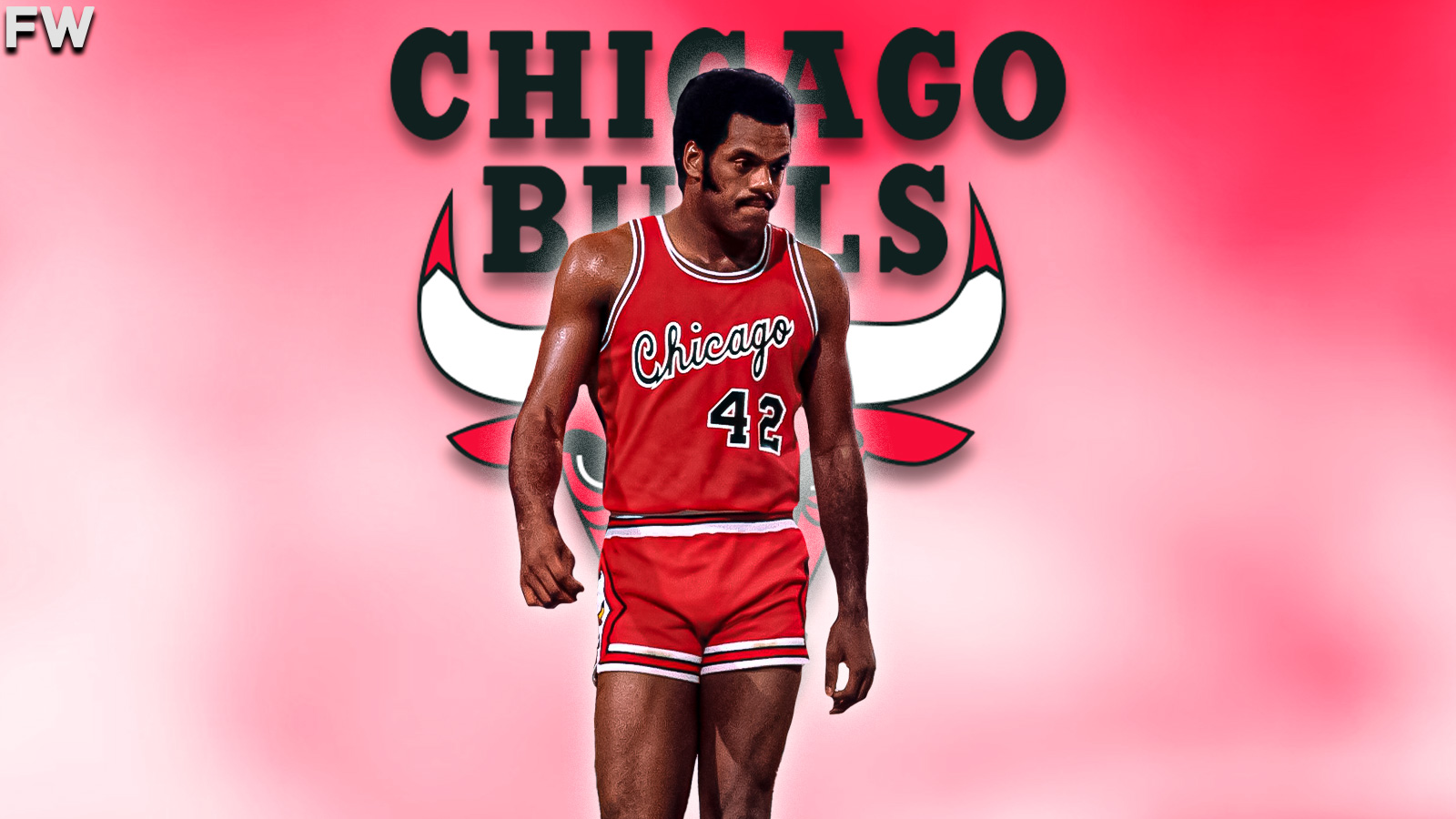
Draft Pick: No. 2 Overall (1976 NBA Draft)
College Stats: 17.7 PPG, 6.6 RPG, 1.8 APG
NBA Stats: 10.4 PPG, 4.1 RPG, 1.7 APG, 0.8 SPG, 0.1 BPG
Scott May was the nation’s best forward during his time at the University of Indiana during the 1970s. Over his first two seasons, his numbers were good, but he saved his best performance for his third year at school. May would lead Indiana to an undefeated 32-0 record and a national championship averaging 23.5 PPG and 7.7 RPG on 52.7% shooting during the 1976 season. May would be named the Naismith National Player of the Year, the Associated Press Player of the Year, and the winner of the Rupp Trophy for his unbelievable output in a historical season for the Indiana Hoosiers.
Unfortunately for May, his play did not carry over to the pro level. After being drafted second overall to the Bulls in 1976, May had a decent first two seasons averaging 14.1 PPG and 6.1 RPG in 127 games played. A shoulder injury would cost him 45 games in his third season, and May would never be the same. Over the next five seasons, May averaged just 8.4 PPG and 3.0 RPG with the Bulls, Bucks, and Pistons. After the 1983 season, May was headed to Italy, where he would put in five seasons overseas.
9. Mike Sweetney
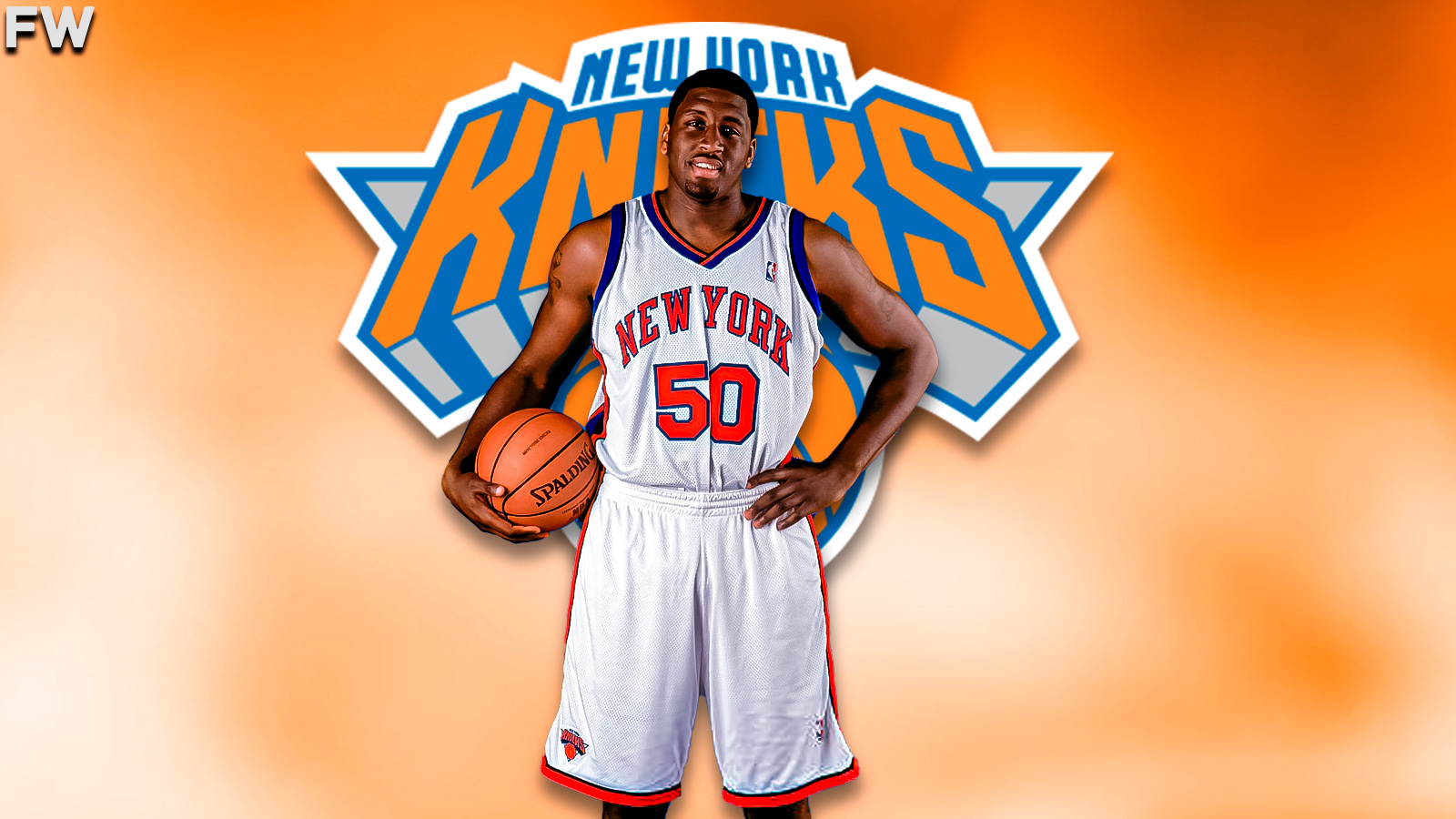
Draft Pick: No. 9 Overall (2003 NBA Draft)
College Stats: 18.2 PPG, 9.2 RPG, 1.8 APG, 1.1 SPG, 1.9 BPG
NBA Stats: 6.5 PPG, 4.5 RPG, 0.6 APG, 0.3 SPG, 0.5 BPG
Given Georgetown University’s reputation for producing successful big men at the NBA level, Mike Sweetney looked like a lock for the Knicks in the 2003 NBA Draft at ninth overall. Sweetney was one of the best players in a loaded Big East Conference in his final two years at Georgetown and earned All-Big East honors both years. He averaged 22.8 PPG, 10.4 RPG, and 3.2 BPG in his final year at school and even drew consideration for National Player of the Year honors.
When Sweetney arrived in New York, the Knicks truly believed he could have turned their franchise around. Sweetney, however, came in out of shape and seemingly unfit to play at the NBA level. He would play just two seasons with the Knicks and averaged 7.0 PPG and 4.8 RPG in 119 games. He then played two seasons in Chicago with the Bulls, where he dealt with injuries and missed a ton of time. Sweetney would walk away from the NBA in 2007 at just 24 years old.
8. LaRue Martin
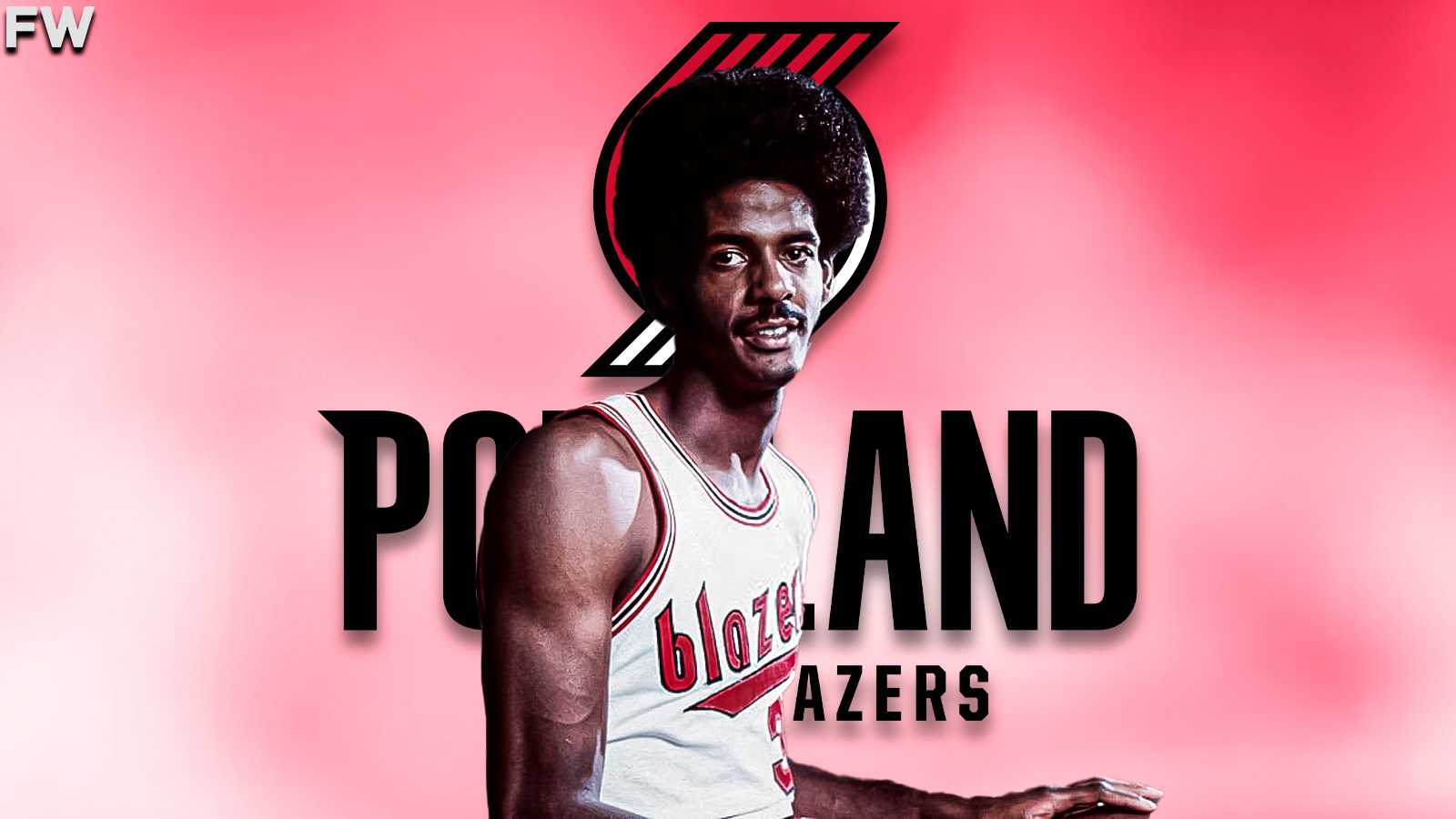
Draft Pick: No. 1 Overall (1972 NBA Draft)
College Stats: 18.2 PPG, 15.2 RPG
NBA Stats: 5.3 PPG, 4.6 RPG, 0.7 APG, 0.2 SPG, 0.5 BPG
The University of Loyola Chicago had never seen a player like LaRue Martin in their existence when he showed up in 1969. In just three seasons, Martin became the school’s all-time leading rebounder averaging better than 14.5 RPG in all three years he played at the school. Martin averaged 10.6 PPG and 15.7 RPG in his final year at Loyola and was well on his way to becoming the first pick in the NBA draft.
That is exactly what Portland would make him with their first selection in the 1972 NBA Draft. Martin would be nothing short of a disappointment over the next four years, peaking at just 7.0 PPG and 5.0 RPG in 1975. After another lackluster season in 1976, Martin was done in the NBA as The trail Blazers drafted Bill Walton. Also, there was no market for a bust of a number-one pick averaging just 5.3 PPG and 4.6 RPG for his career.
7. Tyler Hansbrough
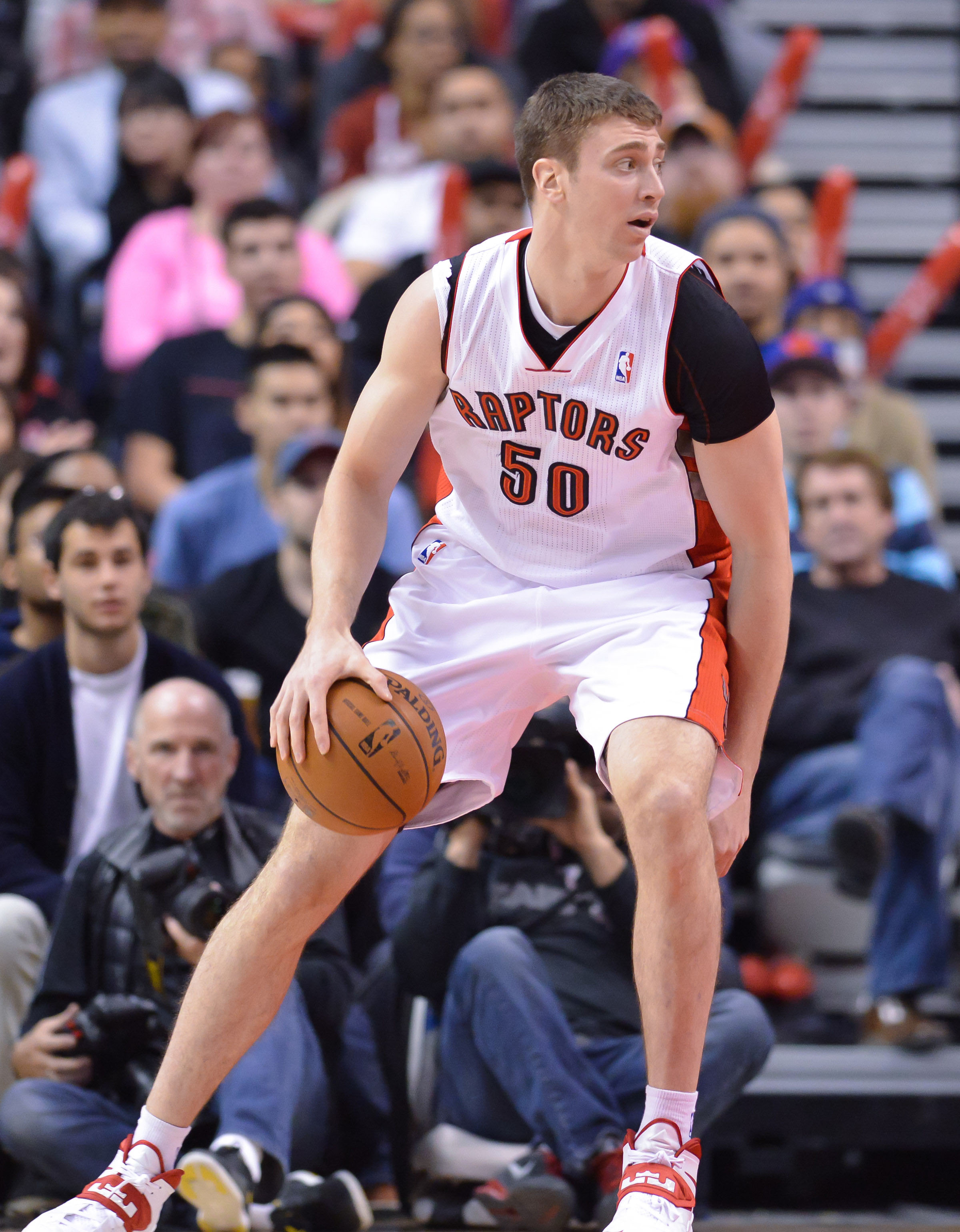
Draft Pick: No. 13 Overall (2009 NBA Draft)
College Stats: 20.2 PPG, 8.6 RPG, 1.1 APG, 1.3 SPG, 0.5 BPG
NBA Stats: 6.7 PPG, 4.2 RPG, 0.4 APG, 0.5 SPG, 0.2 BPG
Tyler Hansbrough is one of the greatest players in the University of North Carolina’s history. Hansbrough was a tough and energetic force on the interior for the tar Hells over four seasons of All-American ball and set UNC records during his time with the school. He was a Wooden winner, a Naismith winner, a Rupp Trophy winner, and an Associated Press Player of the Year. He helped lead the Tar Hells to a national championship in 2009, averaging over 20.0 PPG and 8.0 RPG.
When the Pacers took Hansbrough 13th overall in 2009, they thought he could play a major role in advancing the Pacers’ process toward playoff and championship basketball. He would average 11.0 PPG and 5.2 RPG in his second season with the team, but things never got better than that. He would spend four seasons with the Pacers averaging 8.9 PPG and 4.7 RPG. Hansbrough would go on to play two seasons for the Raptors and one season for the Hornets before retiring at 30 years old in 2016.
6. Shelden Williams
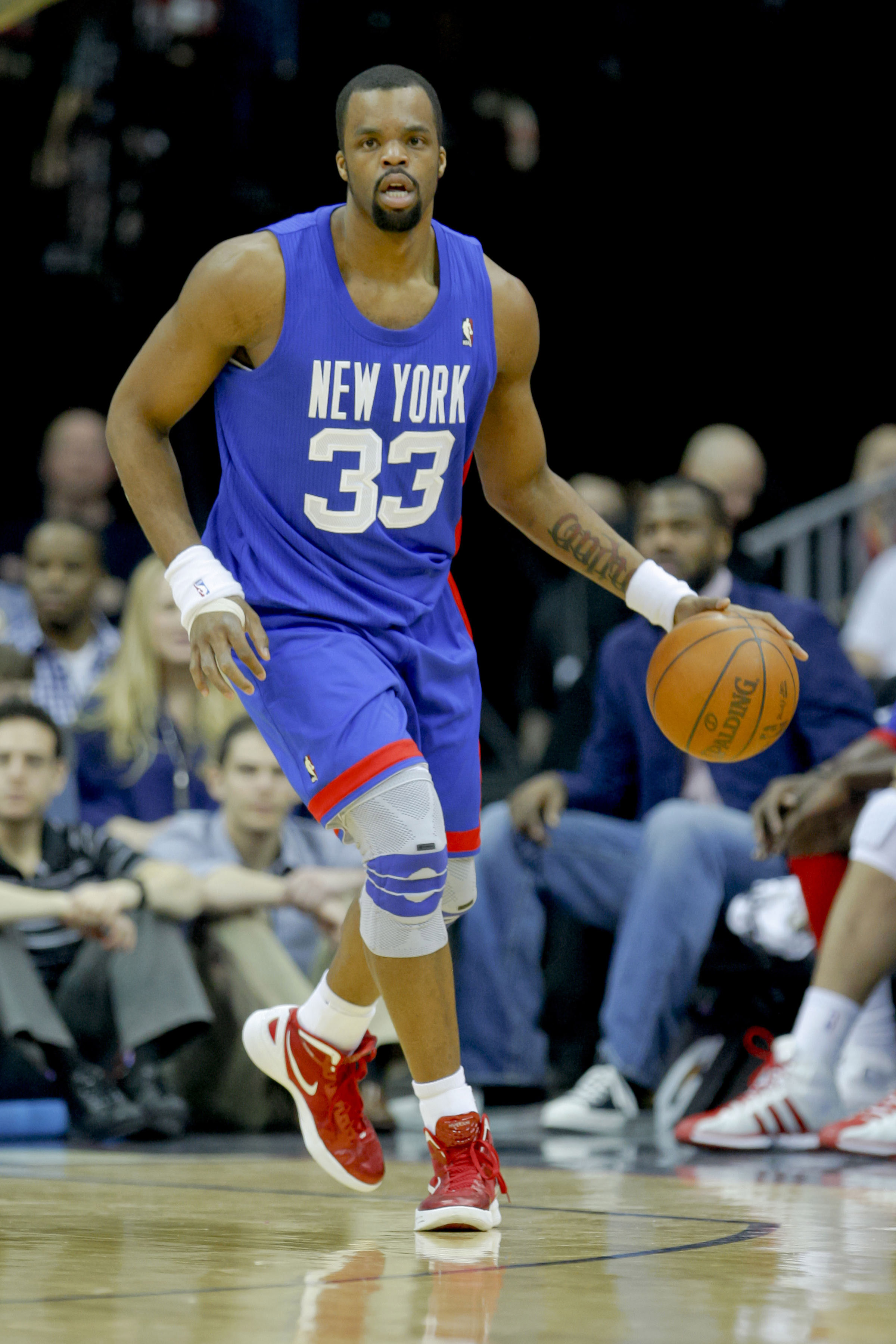
Draft Pick: No. 5 Overall (2006 NBA Draft)
College Stats: 13.9 PPG, 9.1 RPG, 0.9 APG, 1.2 SPG, 3.0 BPG
NBA Stats: 4.5 PPG, 4.3 RPG, 0.5 APG, 0.5 SPG, 0.5 BPG
Shelden Willaims is a Duke University graduate who fell victim to the big man curse that seems to come from the school. Aside from Elton Brand and Zion, Duke doesn’t have a long line of successful big men in the NBA, and Williams falls into that category as well. With Duke, Williams was an elite rebounder with 10.5 RPG or more in each of his last two seasons and 3.0 or more blocks in each of his last three years. Williams earned All-ACC honors three times and two ACC Defensive Player of the Year awards.
Williams was then drafted fifth overall by the Hawks in 2006. After just 117 games with Atlanta, Williams would be traded to Sacramento, which would end up being a microcosm for the rest of his career. Williams would play for seven teams in six seasons, including the Hawks, Kings, Nets, Celtics, Nuggets, Knicks, and Timberwolves. Williams would never record a season in which he averaged more than 5.5 PPG or 6.0 RPG.
5. Jimmer Fredette
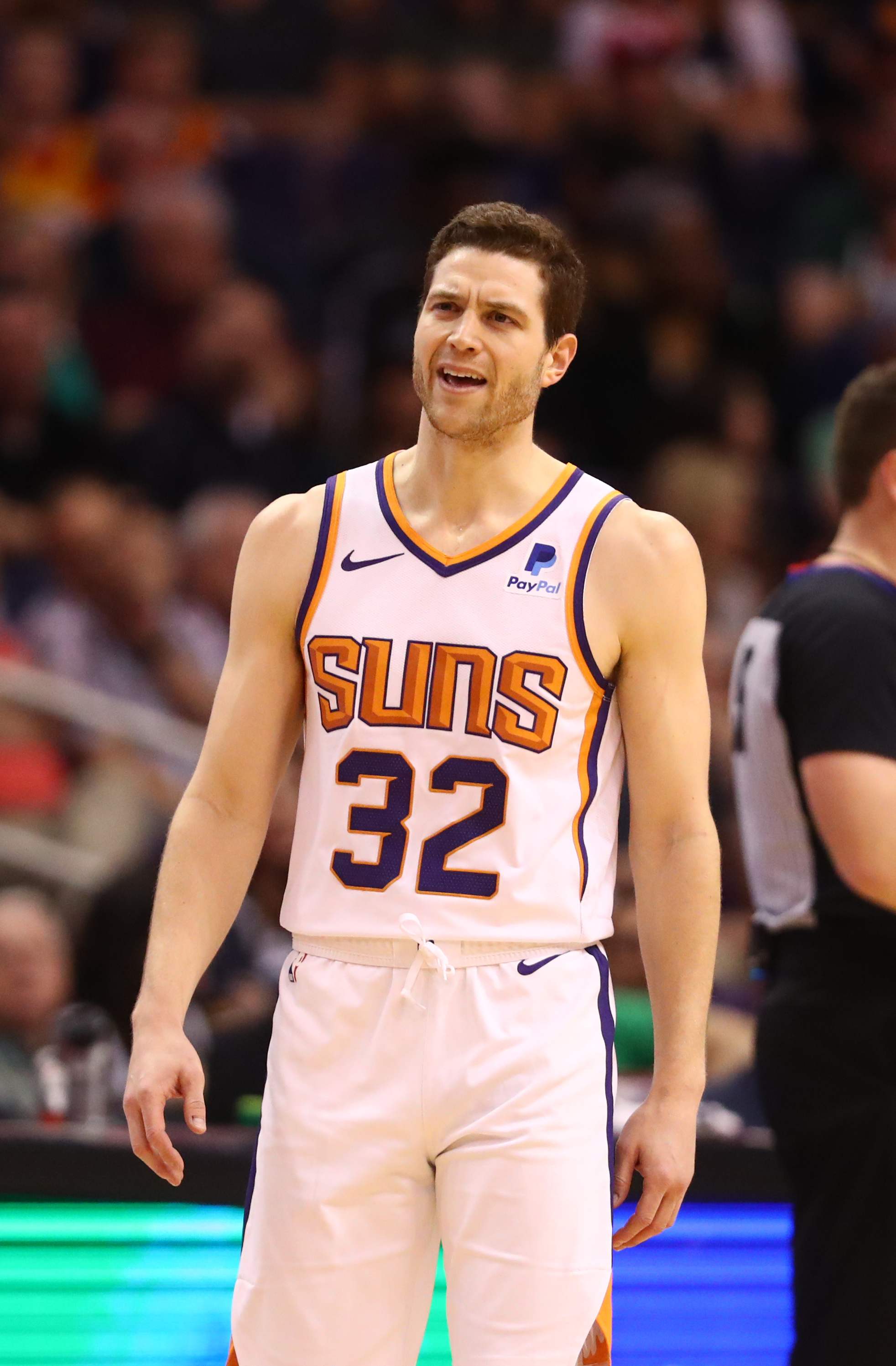
Draft Pick: No. 10 Overall (2011 NBA Draft)
College Stats: 18.7 PPG, 2.6 RPG, 3.7 APG, 1.2 SPG, 0.1 BPG
NBA Stats: 6.0 PPG, 1.0 RPG, 1.4 APG, 0.4 SPG, 0.0 BPG
Jimmer Fredette is undoubtedly one of the biggest college stars of the last 20 years. During his four seasons at BYU, more specifically his final two, Fredette lit up the scoreboard on the offensive end of the ball. He led the nation in scoring during his senior season with 28.9 PPG and was awarded the Naismith, Wooden, and Rupp trophies for his outstanding season. He led BYU to a conference championship and a 32-5 record overall
Fredette headed into the 2011 NBA Draft as a highly-touted prospect and was taken 10th overall by the Bucks and immediately traded to the Kings in a deal that involved Tobias Harris and Stephen Jackson. Fredette would average slightly over 7.0 PPG in each of his first two seasons but never improved on that moving forward. He would play five seasons with the Kings, Pelicans, Bulls, and Knicks before playing overseas. He would give it another shot in 2019 with the Suns, but it lasted just six games.
4. Shawn Respert
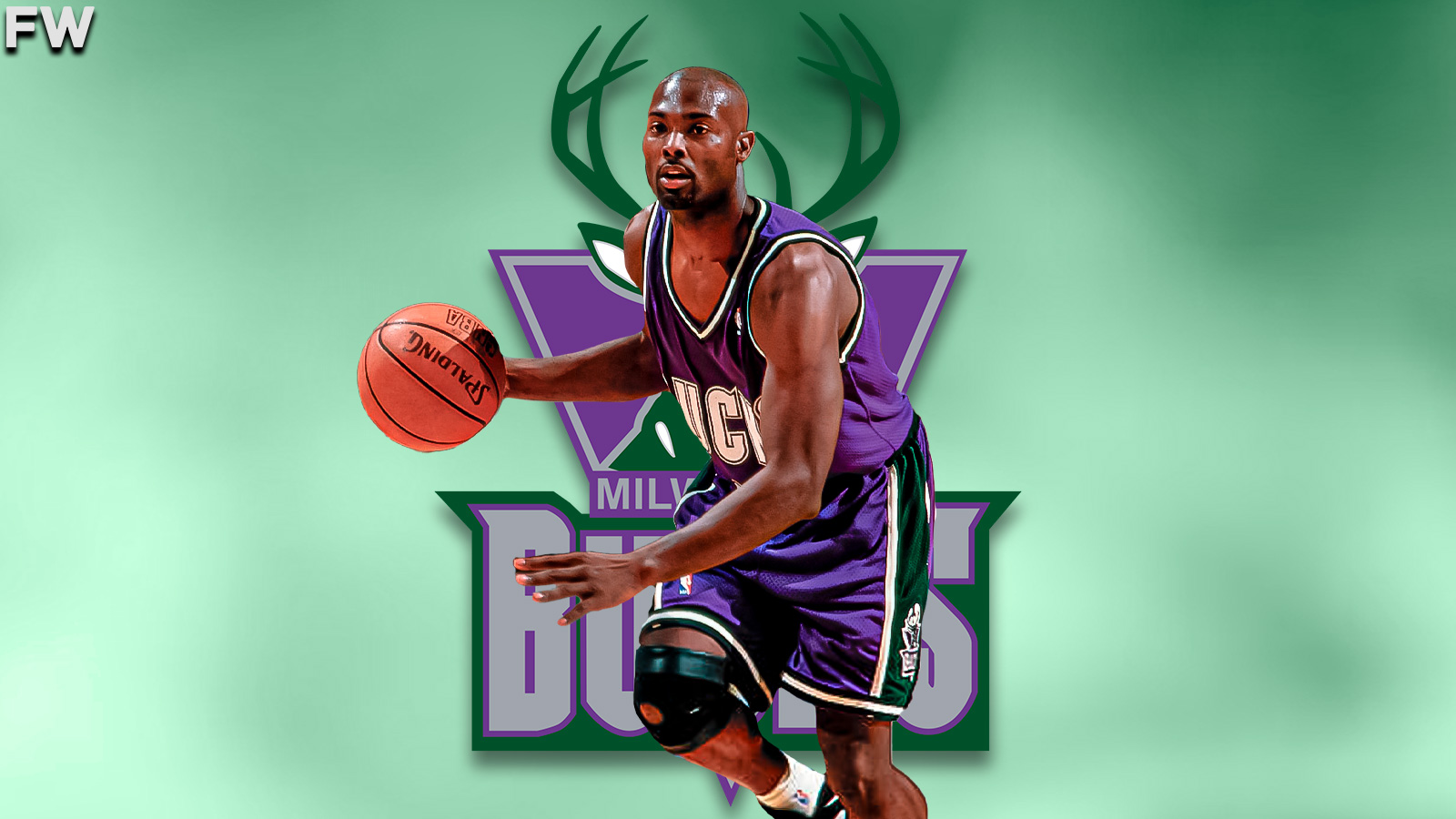
Draft Pick: No. 8 Overall (1995 NBA Draft)
College Stats: 21.3 PPG, 3.5 RPG, 2.5 APG, 1.2 SPG, 0.1 BPG
NBA Stats: 4.9 PPG, 1.3 RPG, 1.0 APG, 0.5 SPG, 0.0 BPG
Shawn Respert is one of the best scorers in the history of Michigan State University. With a history as rich as the Trojans’, that is saying a lot, but the proof is in his numbers. Respert played just one game during his first year so he used the fifth year of his eligibility wisely later on. He averaged 20.0 PPG or better in each of his final three years at school and 25.6 PPG during his senior season. He was named to two All Big Ten teams during his career at Michigan State and was named the 1995 Big Ten Player of the Year.
Respert was then drafted eighth overall to the Portland Trail Blazers and was immediately dealt to the Bucks for Gary Trent. Little did anyone know, Respert would be diagnosed with stomach cancer later in his rookie season and told no one about it. The fact that he had cancer makes him a tough choice to include on this list, but he was playing poorly prior to being sick, and his career ended after just four seasons in the NBA.
3. Bo Kimble
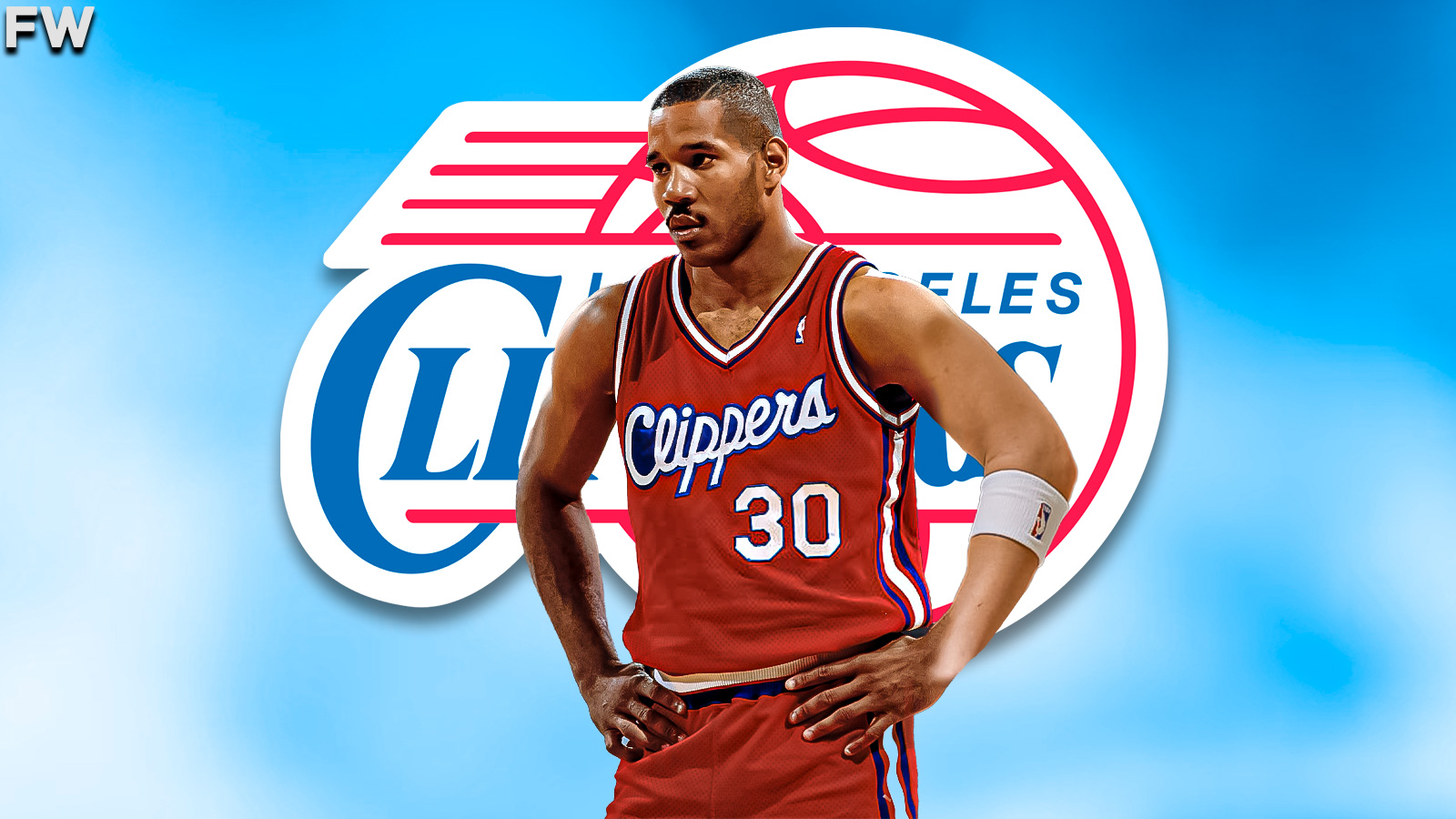
Draft Pick: No. 8 Overall (1990 NBA Draft)
College Stats: 22.6 PPG, 4.9 RPG, 1.7 APG, 1.8 SPG, 0.4 BPG
NBA Stats: 5.5 PPG, 1.5 RPG, 0.9 APG, 0.1 SPG, 0.0 BPG
Bo Kimble’s college career is one of triumph and tragedy. After playing one year at USC with his friend Hank Gather, the two transferred to Loyola Marymount, where they dominated as a dup and led the team to a 28-4 record in their first year together. During his senior season, Kimble averaged over 35.0 PPG but tragedy struck during the WCC tournament when Gather collapsed and died on the court. Kimble would lead an inspired team nearly to the Final Four with over 35.0 PPG in four games.
The stellar senior season propelled Kimble as he was selected eighth overall by the Los Angeles Clippers. Kimble got off to a hot start through his first 15 games but would fizzle out quickly. Injuries would plague his second and third seasons as he averaged over 4.0 PPG just once in three years in the NBA. After the 1993 season, and at just 26 years old, Kimble called it quits on his NBA career after many thought he would be a star in the NBA.
2. Ed O’Bannon
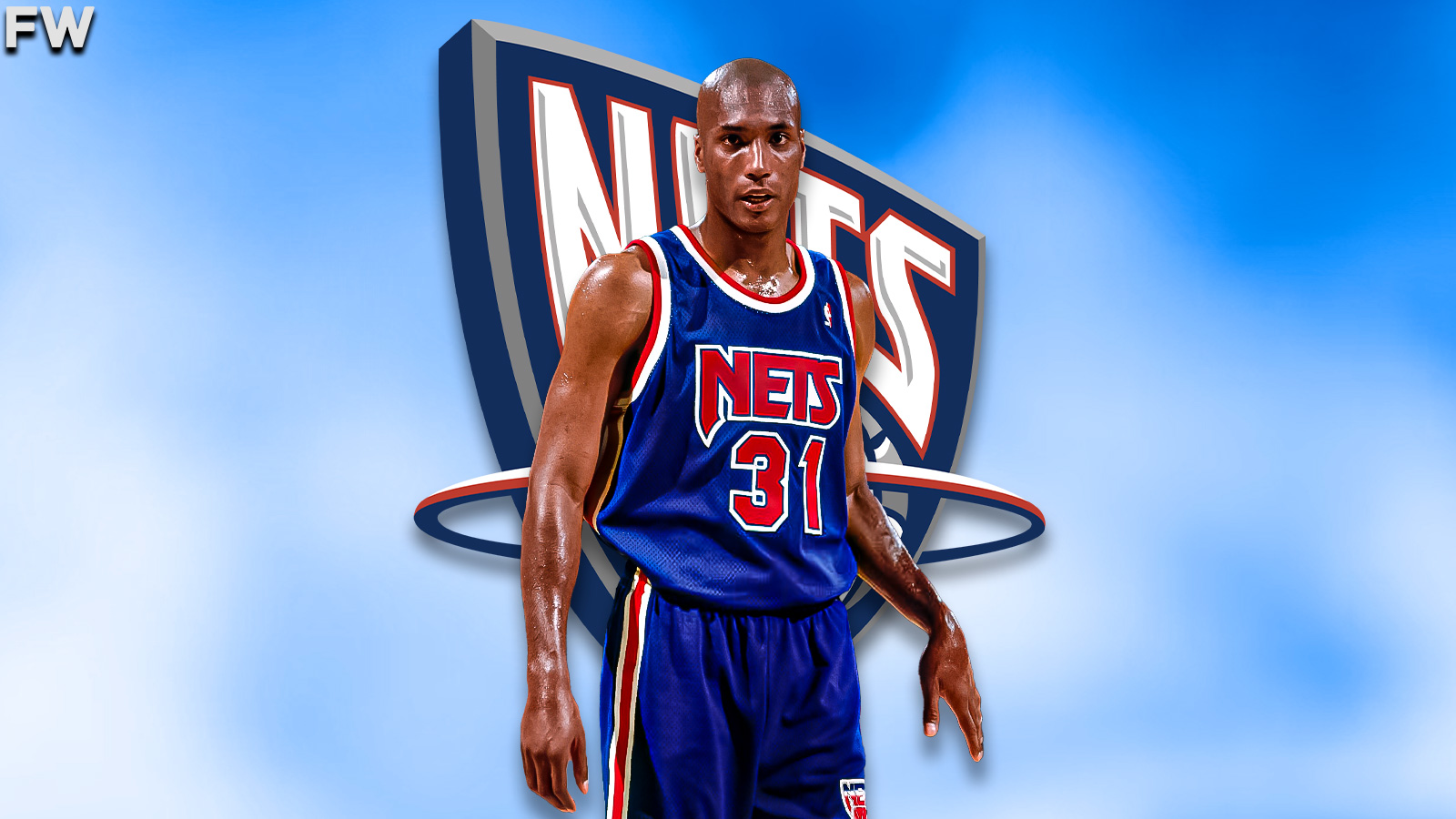
Draft Pick: No. 9 Overall (1995 NBA Draft)
College Stats: 15.5 PPG, 7.0 RPG, 1.8 APG, 1.2 SPG, 0.8 BPG
NBA Stats: 5.0 PPG, 2.5 RPG, 0.8 APG, 0.6 SPG, 0.2 BPG
Ed O’Bannon is one of the greatest players in UCLA history. He spent four years at the school and, by his senior season, was the best player in the country and led the Bruins to a national championship. He averaged 20.4 PPG and 8.3 RPG in 1995 and was awarded the Wooden Award as well as the NCAA Tournament’s Most Outstanding Player. O’Bannon was a three-time All-Pac-12 selection as well as the Pac-12 Player of the Year in 1995.
O’Bannon’s success would not continue at the NBA level. He averaged 6.2 PPG and 2.6 RPG as a rookie with the New Jersey Nets but would be traded to the Mavericks in the 1996-97 season. He would finish 1996-97 with 19 appearances for Dallas, averaging 2.4 PPG and 1.9 RPG. O’Bannaon would call it quits after just his second season in the NBA, coming up well short of the expectations laid upon him as one of the NCAA’s top prospects.
1. Adam Morrison
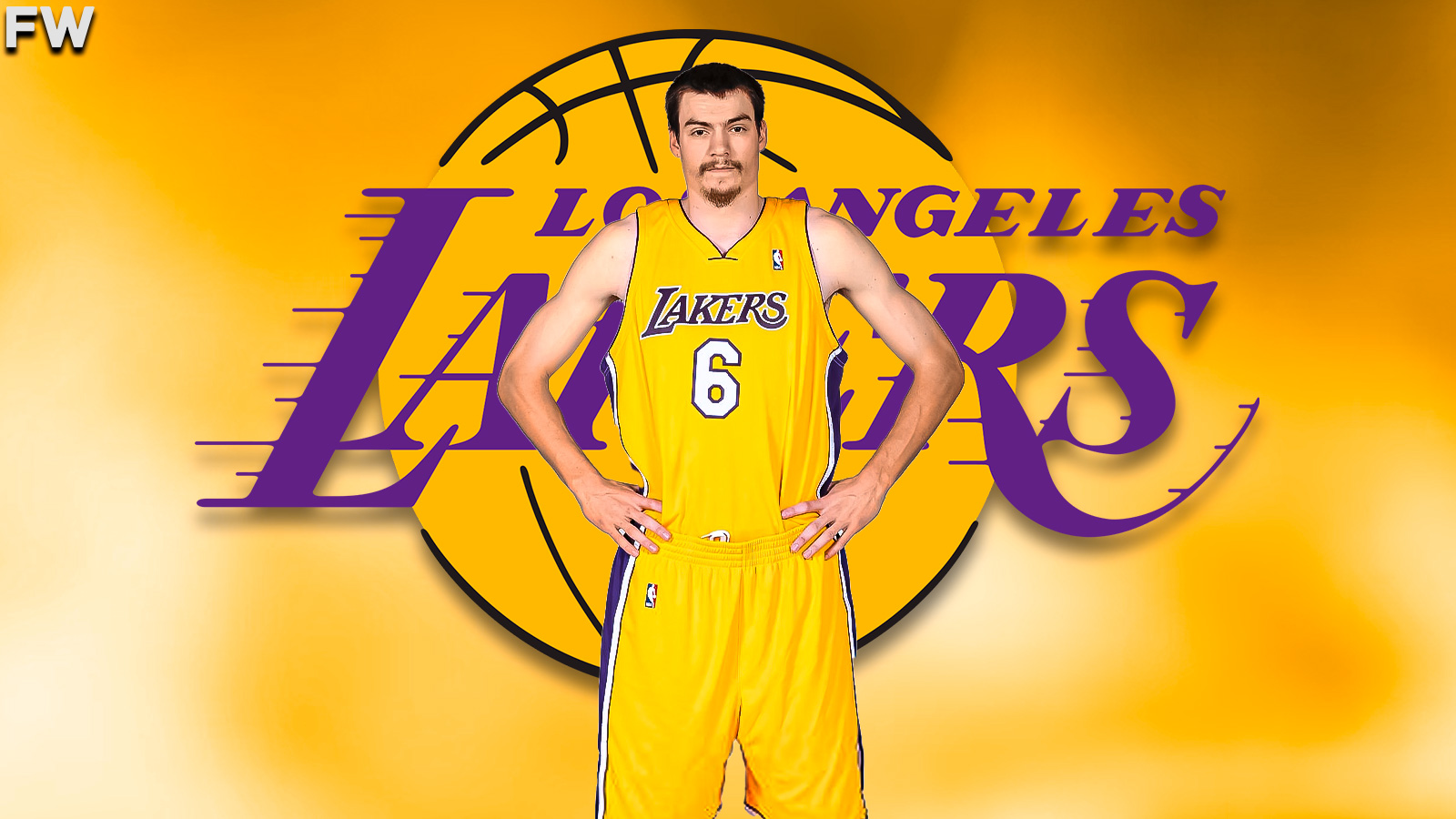
Draft Pick: No. 3 Overall (2006 NBA Draft)
College Stats: 19.7 PPG, 5.1 RPG, 2.0 APG, 0.7 SPG, 0.4 BPG
NBA Stats: 7.5 PPG, 2.1 RPG, 1.4 APG, 0.2 SPG, 0.1 BPG
Adam Morrison carried the tradition of players who helped Gonzaga become relevant during the early 2000s as he transformed over the course of three years at the school. By his final year with the Bulldogs, Morrison was battling Duke’s JJ Redick for National Player of the Year honors. Morrison would end up averaging 28.1 PPG and winning the Wooden Award, as well as helping Gonzaga advance to the Sweet 16 that season. Though, that game ended in misery and an everlasting memory of Morrison sobbing into his jersey.
The Morrison we saw in his last year with Gonzaga never showed up in the NBA. He was ok as a rookie, with the Bobcats averaging 11.8 PPG after being selected third overall in the NBA Draft. He tore his ACL early into his second season and never came close to becoming the player that Charlotte initially thought he would be. Morrison did see the floor briefly for the Lakers during the 2010 playoffs, so he earned a championship ring the easy way toward the end of an extremely lackluster NBA career.
We sincerely appreciate and respect you as a reader of our site. It would help us a lot if you follow us on Google News because of the latest update.
Thanks for following us. We really appreciate your support.

